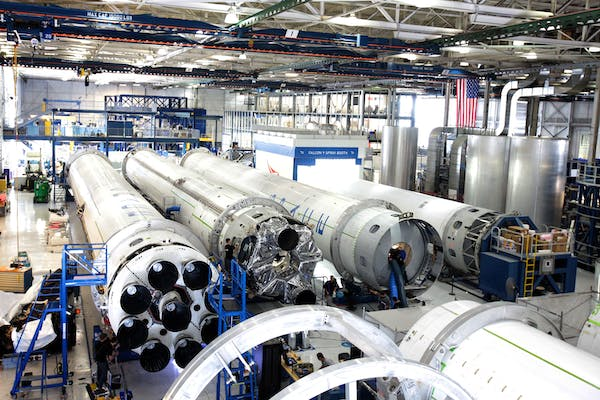Did you know that the Environmental Protection Agency (EPA) ranked indoor air pollution as one of the top five environmental threats to public health? Just because the air in your workplace looks clean, doesn’t necessarily mean that it is. It’s not uncommon for toxic chemicals and pollutants to linger in the air, placing the health of workers in jeopardy.
Designate Outdoor Smoking Area
Most states have laws prohibiting workers from smoking in enclosed workplaces. Unfortunately, however, many employers fail to enforce this law, allowing workers to spark up next to non-smokers. Cigarette smoke contains over 7,000 chemicals, hundreds of which are toxic. Allowing workers to smoke inside the workplace will release these chemicals – formaldehyde, benzene, polonium 210, vinyl chloride, chromium, arsenic, lead, ammonia, butane, toluene, etc – into the air.
Improve Ventilation
One common characteristic of workplaces with heavily polluted air is poor ventilation. If air remains stagnant, it will naturally harbor a greater amount of pollutants. Studies have shown that workers are more likely to catch the cold virus if they are exposed to poorly ventilated environments. The heating, ventilation and cooling (HVAC) system should control both the comfort level of the workplace, as well as the airborne pollutants.
Cleaning
We can’t talk about ways to improve IAQ in the workplace without mentioning cleaning. This includes cleaning the floor, walls, office furniture, and any machinery/tools. Maintaining a clean workplace will help to control airborne pollutants while also eliminating bacteria and germs on surfaces, so try to get into the habit of cleaning it on a regular basis. Porous surface, such as hardwood, tend to harbor a greater concentration of germs.
Humidifier
How can a humidifier help to improve the air quality in a workplace? Humidifiers live up to their namesake by releasing moisture vapor into the air; thus, raising the humidity. This moisture vapor creates resistance in the air, restricting the ability of germs to travel. It’s not going to completely protect your workplace from airborne pollutants, but it’s a small step towards cleaner air.
Plants
Lastly, consider adding some plants to your workplace. Plants are mother nature’s own air filter, capturing dust and pollutants while simultaneously releasing fresh oxygen back in the environment. NASA even conducted a study back in the late 1970s, revealing the air-purifying power of several popular plants.





